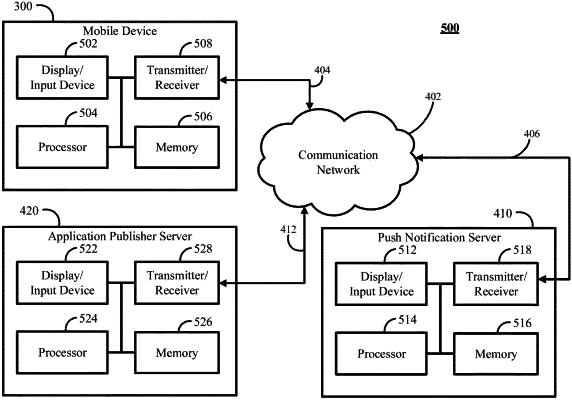| CPC H04L 67/55 (2022.05) [G06F 9/542 (2013.01); H04L 51/224 (2022.05); H04L 51/226 (2022.05); H04W 68/00 (2013.01)] | 17 Claims |

|
1. A method for managing notifications, the method comprising:
receiving, using a hardware processor, a first notification for a first application and a first application identifier that uniquely identifies the first application;
determining a first user device associated with the first application;
receiving a second notification for a second application and a second application identifier that uniquely identifies the second application;
determining a second user device associated with the second application;
determining whether a first user device identifier associated with the first application corresponds to a second device identifier associated with the second application;
responsive to determining that the first user device identifier associated with the first application corresponds to the second device identifier associated with the second application, determining that the first user device and the second user device are the same device;
determining whether the first notification and the second notification are corresponding notifications;
determining whether the first notification has priority over the second notification; and
responsive to determining that the first user device and the second user device are the same device, that the first notification and the second notification are corresponding notifications, and that the first notification has priority over the second notification:
sending the first notification to the first user device; and
inhibiting the second notification from being sent to the first user device.
|